From Searing to Soaked: Inside the Midwest's Wild Weather Whiplash
Explore the extreme weather shifts in the Midwest, from searing heat to severe storms. Unpack the science behind these rapid changes and their impact on daily life.
The Atmospheric Acrobatics: Why Nebraska's Skies Perform So Wildly
Nebraska's weather often feels like a high-wire act, a dramatic interplay of atmospheric forces that can swing from one extreme to another in mere hours. Consider a recent scenario: and surrounding areas like Harlan and Plattsmouth were under a severe heat warning, with 'feels like' temperatures soaring to a stifling 111 degrees. This wasn't just about high air temperatures in the low 90s; it was the suffocating combination of those temperatures with dew points climbing into the upper 70s and even around 80. This oppressive humidity, combined with a persistent south breeze, creates an incredibly unstable environment. Just as residents were enduring this 'triple-digit heat index,' the stage was set for a dramatic shift. Computer models indicated severe storms developing in far western Nebraska, poised to track eastward. This rapid transition, from sweltering heat to the threat of destructive winds and heavy rain, is a signature of the region's unique atmospheric dynamics, often driven by the collision of warm, moist air with cooler fronts, creating an explosive energy release.
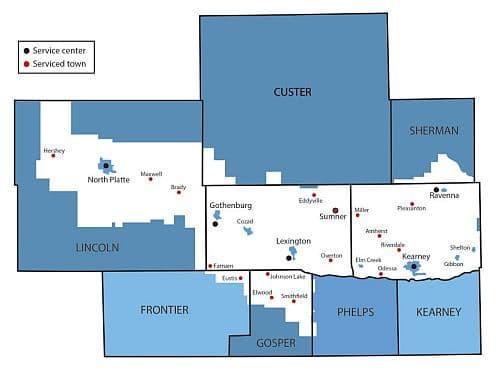
Navigating the Storm and Sweat: Daily Life Amidst Weather Extremes
Living in a region prone to such rapid weather whiplash means daily life is an ongoing exercise in adaptability. On a 'two-pronged weather alert day,' residents first grapple with the dangers of extreme heat. The advice is simple but critical: hydrate, seek shade, and take frequent breaks, especially if you must be outdoors. The sheer discomfort of a 111-degree heat index, as experienced in the metro and surrounding areas, makes even routine tasks arduous. But before the sweat can fully dry, the focus shifts dramatically to the looming threat of severe storms. These aren't just passing showers; recent events saw thunderstorms bringing heavy rain, hail, and winds gusting between 50 and 70 mph, particularly in west-central and central Nebraska. The tangible impact is immediate and disruptive: thousands of meters served by providers like can go dark due to damaged electrical infrastructure, leaving communities like Riverdale, Amherst, and Ravenna without power. This constant vigilance, from heat stroke prevention to storm preparedness, becomes an ingrained part of the Midwestern rhythm.
The Shifting Sands of Forecasts: Decoding Short-Term Swings
For meteorologists and residents alike, predicting these short-term swings is less about a static forecast and more about decoding a rapidly evolving atmospheric narrative. Weather alerts often begin with scattered storms firing up along a slow-moving cold front, which then coalesce into an organized cluster. The primary concerns are immediate: damaging wind gusts often exceeding 70 mph, isolated large hail from initial storm cells, and localized heavy rainfall, potentially 2-4 inches, raising fears of flash flooding. These severe conditions, sometimes extending past midnight, eventually give way. As a cooler north wind begins to blow in, the atmosphere stabilizes. What follows is often a welcome respite: temperatures plummet to the mid-to-upper 70s, winds lighten, and sunshine returns. The stark contrast is truly remarkable. One moment you're bracing for a severe weather night with an 80% chance of thunderstorms, and the next you're looking at what could be one of the 'top ten days of the year' for outdoor activities, all within a 24 to 48-hour window. This rapid transition underscores the dynamic, almost unpredictable nature of the region's short-term weather patterns.
Beyond the Daily Dip: What These Patterns Mean for Tomorrow's Climate
While the immediate 'weather whiplash' is challenging, these increasingly frequent and dramatic swings invite a deeper look into what they might signify for the 's long-term climate. Is this just a particularly active period, or are we witnessing a more persistent trend? The observed patterns – intense heat followed by severe, often damaging storms, then a sudden cool down – hint at a climate system with amplified energy. Warmer temperatures can mean more moisture in the atmosphere, fueling more potent thunderstorms when cold fronts collide. If such volatility becomes the new normal, the implications are significant. It demands more resilient infrastructure to withstand stronger winds and heavier rains, and better public health strategies to manage prolonged periods of extreme heat. For agriculture, the backbone of the region, the unpredictable shifts between drought, deluge, and damaging storms pose existential threats. Understanding these short-term 'acrobatics' isn't just about preparing for tomorrow's forecast; it's about recognizing potential harbingers of a changing climate and adapting for the future.
Related Articles
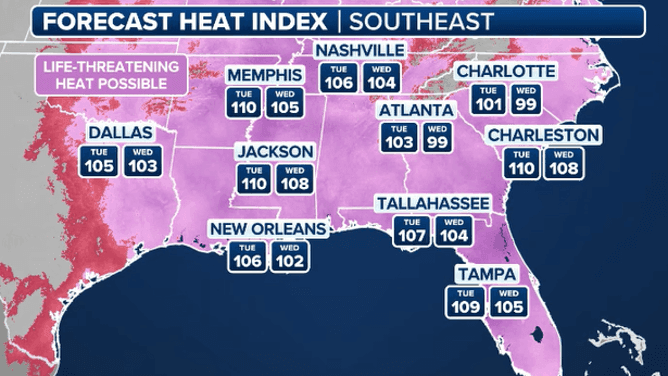
The Great Unfolding: Tomorrow's Contrasting Weather Chapters Across America

The Great Unfolding: Tomorrow's Contrasting Weather Chapters Across America
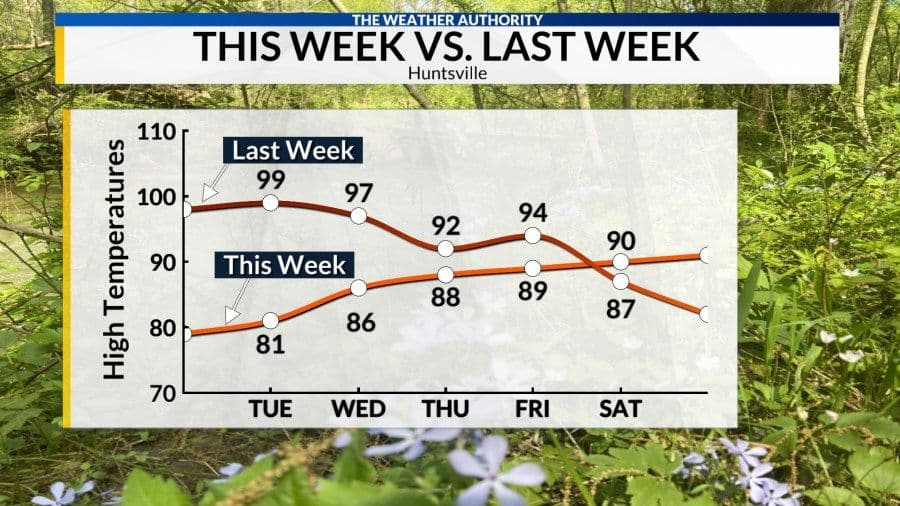
Nature's Rollercoaster: Understanding Your Local Weather's Wild Swings

Nature's Rollercoaster: Understanding Your Local Weather's Wild Swings
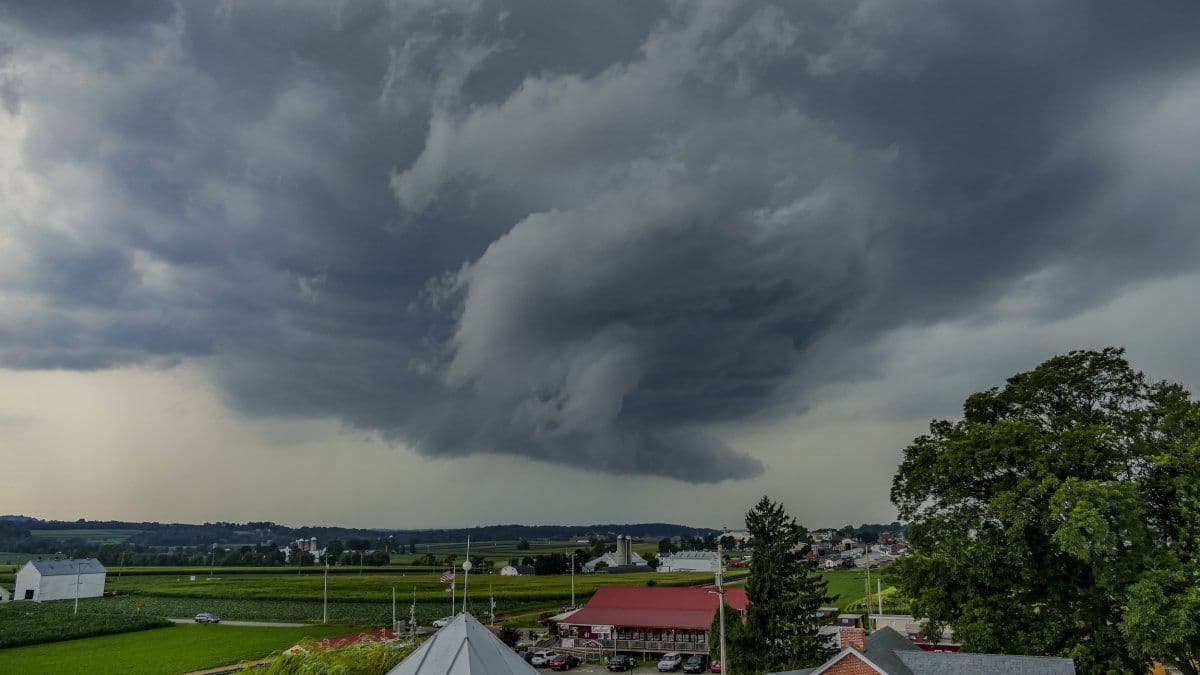
The Silent Scramble: Inside America's Race Against Lightning-Fast Storms

The Silent Scramble: Inside America's Race Against Lightning-Fast Storms
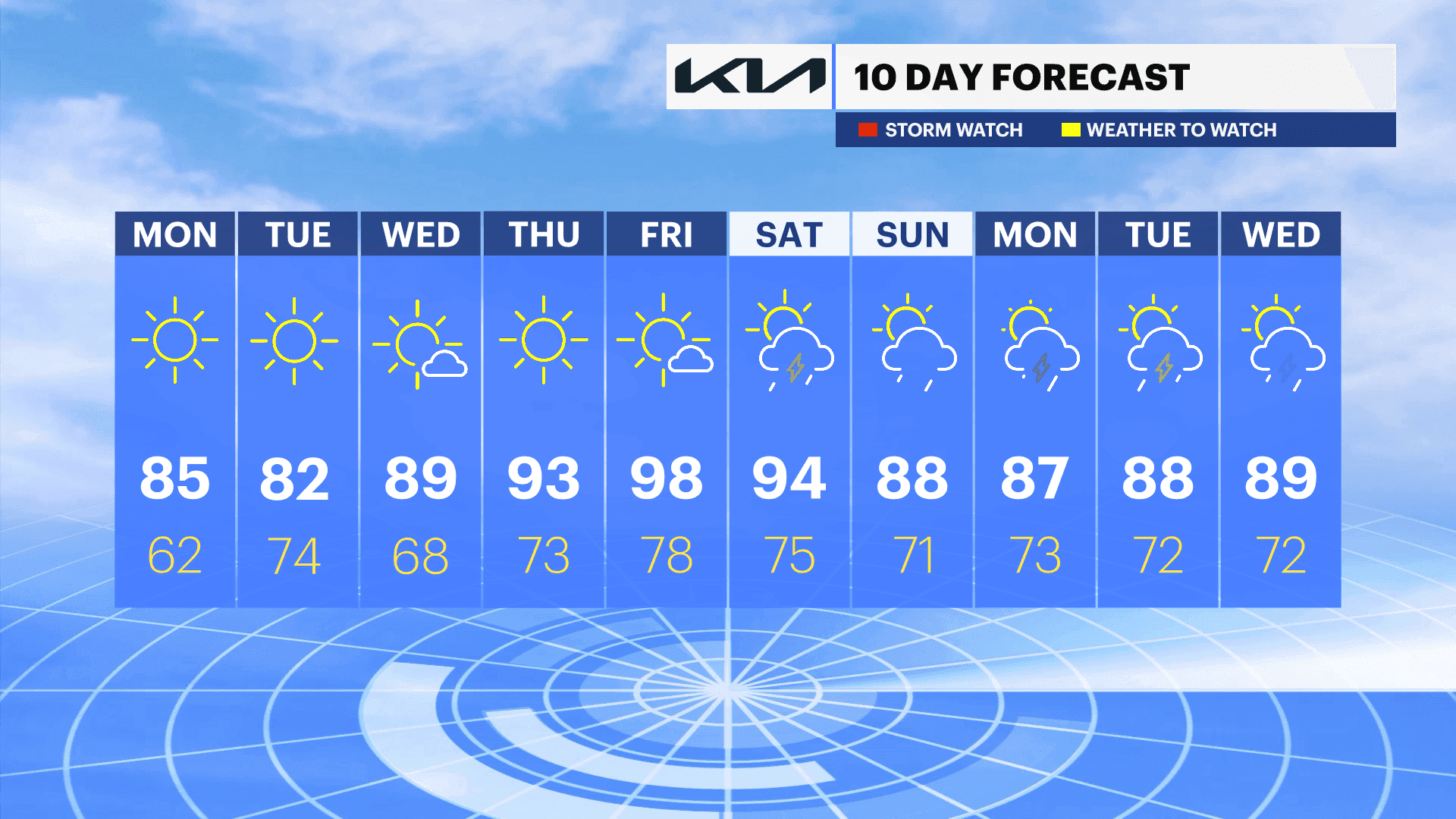
New Jersey's Atmospheric Whirlwind: Navigating a Week of Weather Extremes
